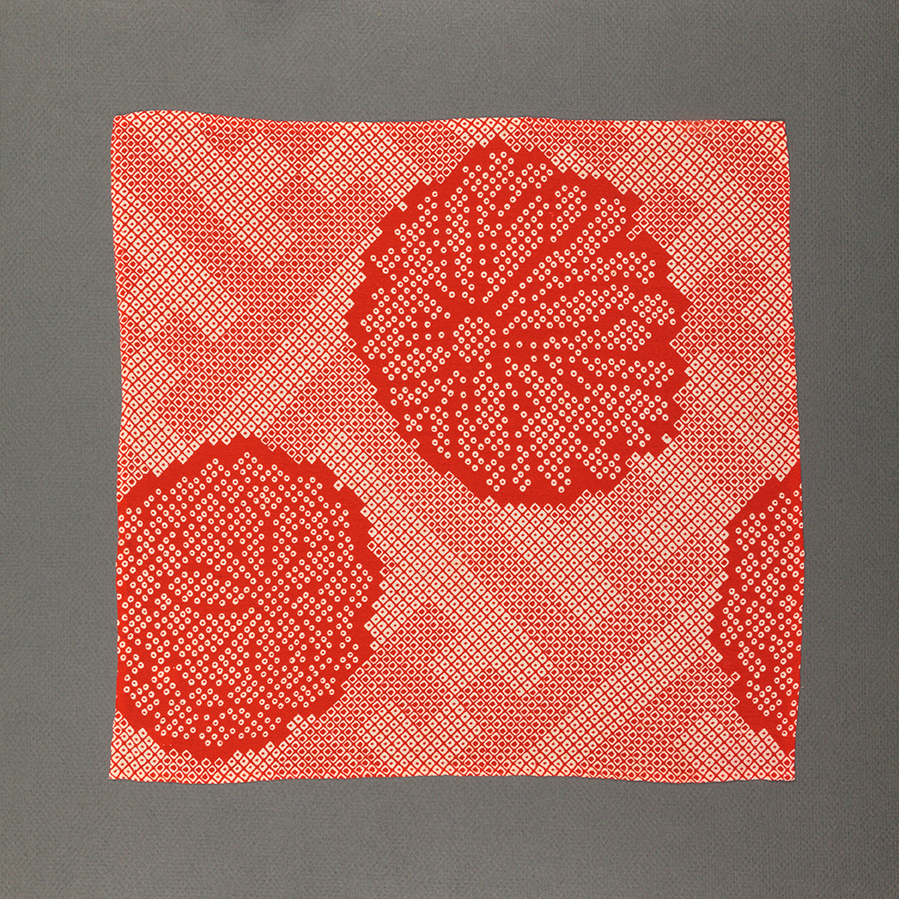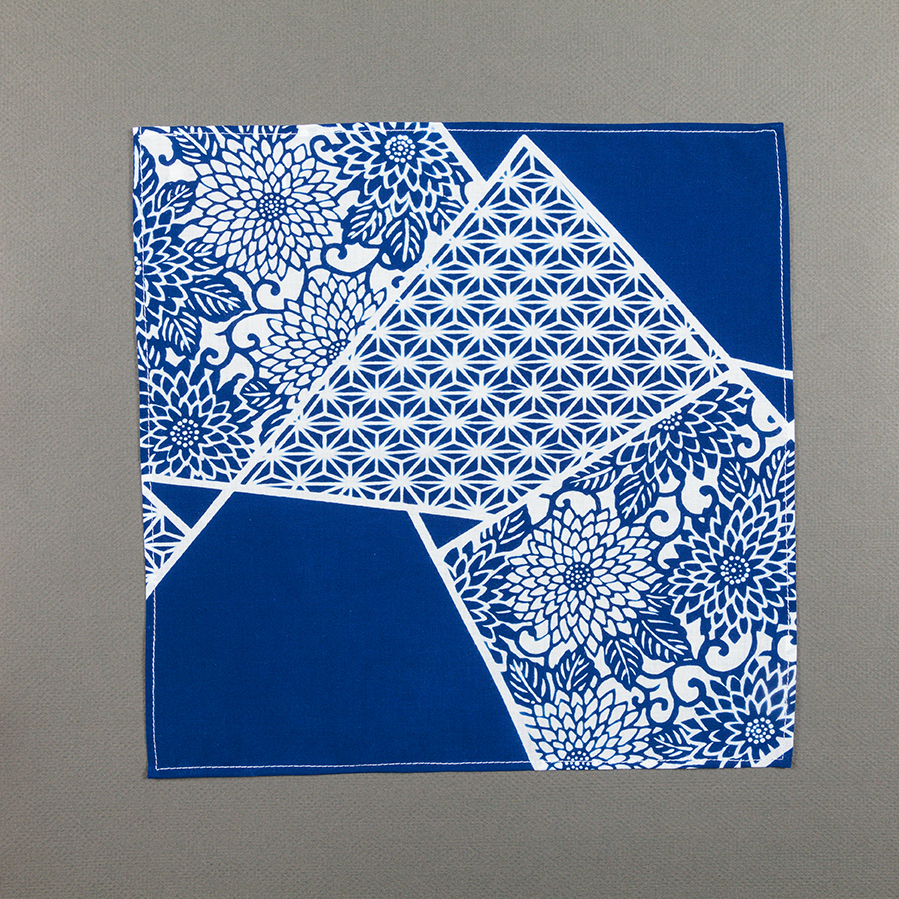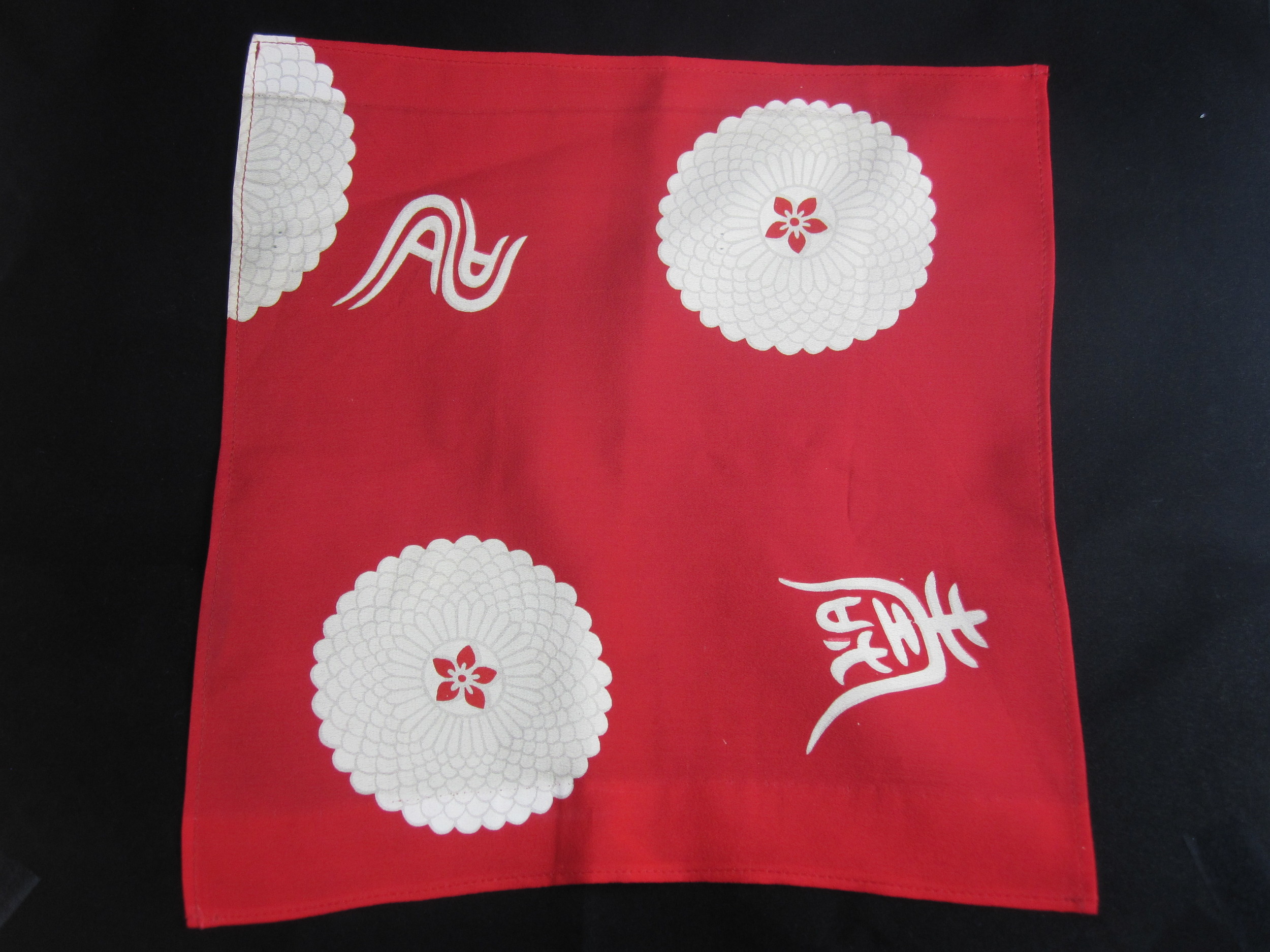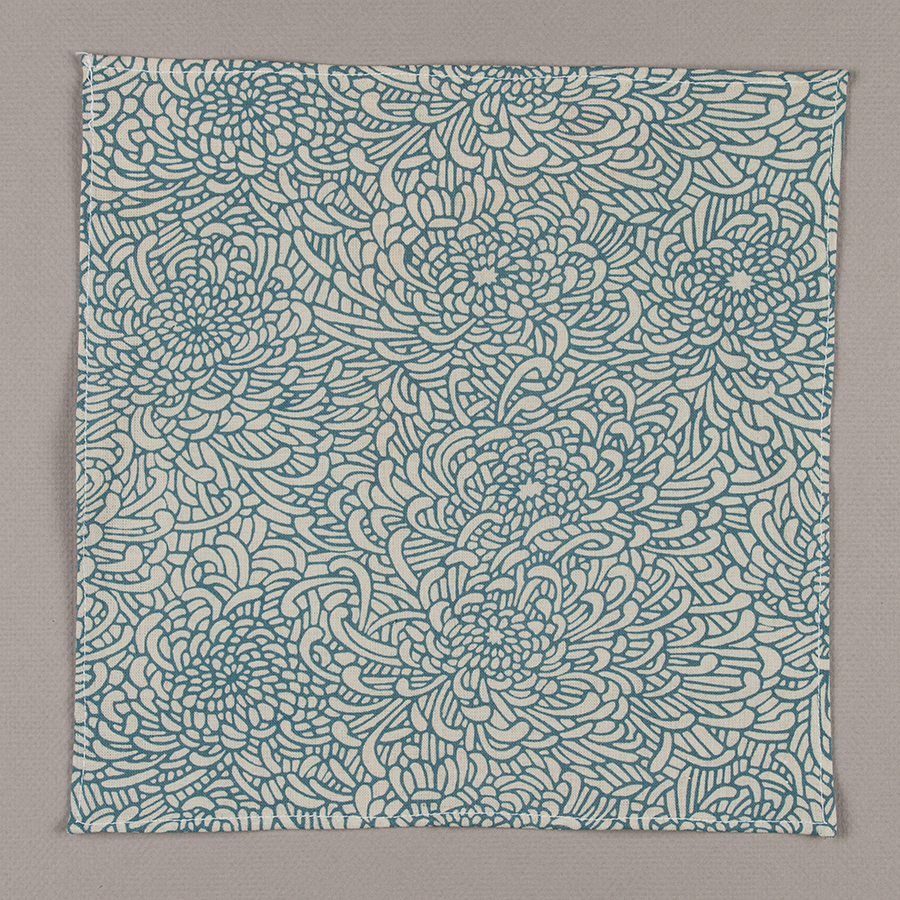If you haven't already noticed, the Chrysanthemum, or Kiku in Japanese, is a recurring flower on many of Faburiq's pieces. Why is this particular flower so prominent on Japanese fabrics? I want to share with you some of the symbolism behind this unique flower that makes up so many of our designs.
The Chrysanthemum is a symbol that represents longevity, endurance and integrity. It is the most celebrated of all Japanese fall-flowering plants. It was first introduced to Japan from China as medicine during the Nara period (710 - 793 AC), when the Japanese Royal Family became fascinated with the Chrysanthemum. Eventually it became the Imperial Family's Emblem in the Kamakura period (1192-1333). But it was only in 1869, in the Meiji period (1868-1912) that Kiku with 16 petals was officially adopted as the symbol of the Japanese royal family.
There are more than 150 seals or mon featuring this wonderful flower. The Imperial Seal of Japan is the most famous of them. The Imperial Seal of Japan feature 16 petals on the front and 16 petals on the back (only the tip of the petals can be seen on the back). The Japanese government uses the 16 petals seal for official documents such as passports. The Chrysanthemum was also used as symbol of the Throne of the Emperor of Japan. There is also the Supreme Order of the Chrysanthemum – the highest Japanese honor order awarded by the Emperor. We can also find the Chrysanthemum on 50 yen coins, kimono cloths, wallets, bags, and many other accessories in Japan. It is important to notice that white Chrysanthemum is used for funerals and graves in Japan and China. On the other hand, red Chrysanthemums are given to the people you love or, at least, are very fond of. Therefore, be careful with the meaning of each color.
Some of our most popular pieces that feature the Chrysanthemum flower are shown below. These pieces are made to be fun or formal but always evoking elegance and beauty.






Author: Aruña Quiroga


